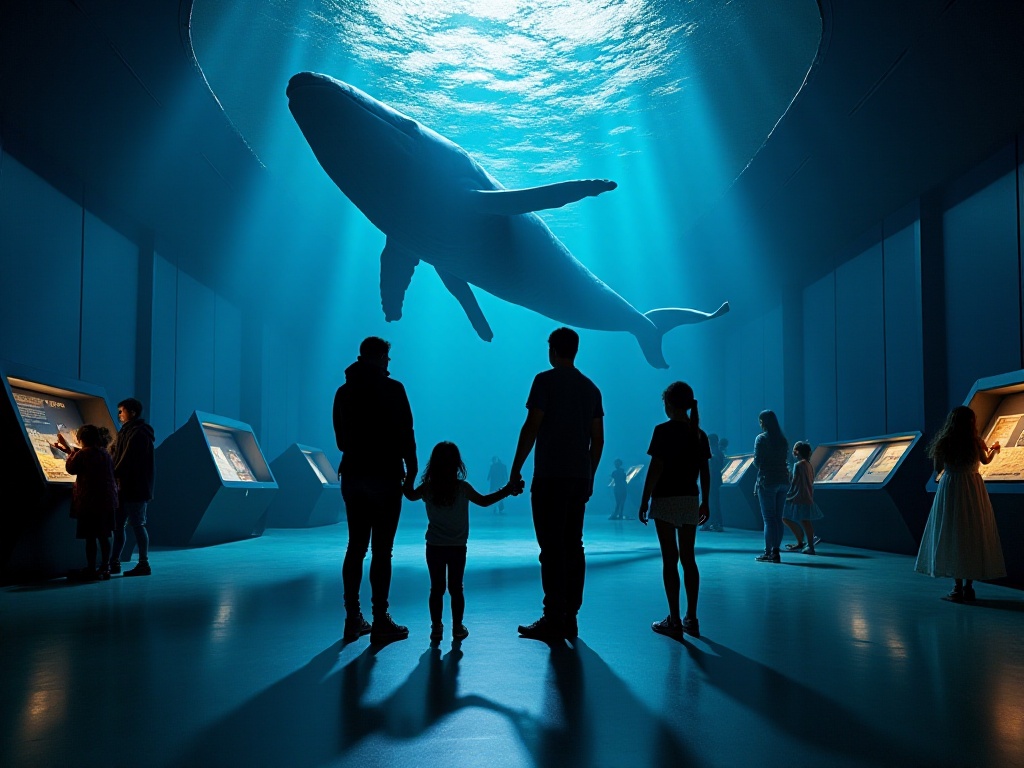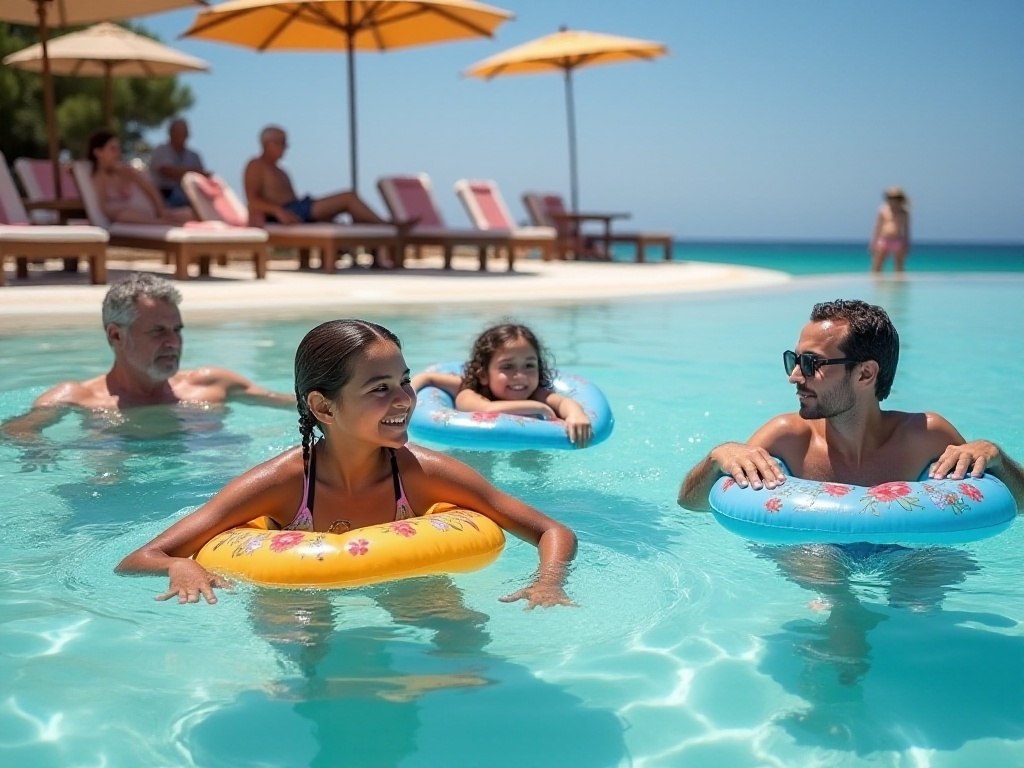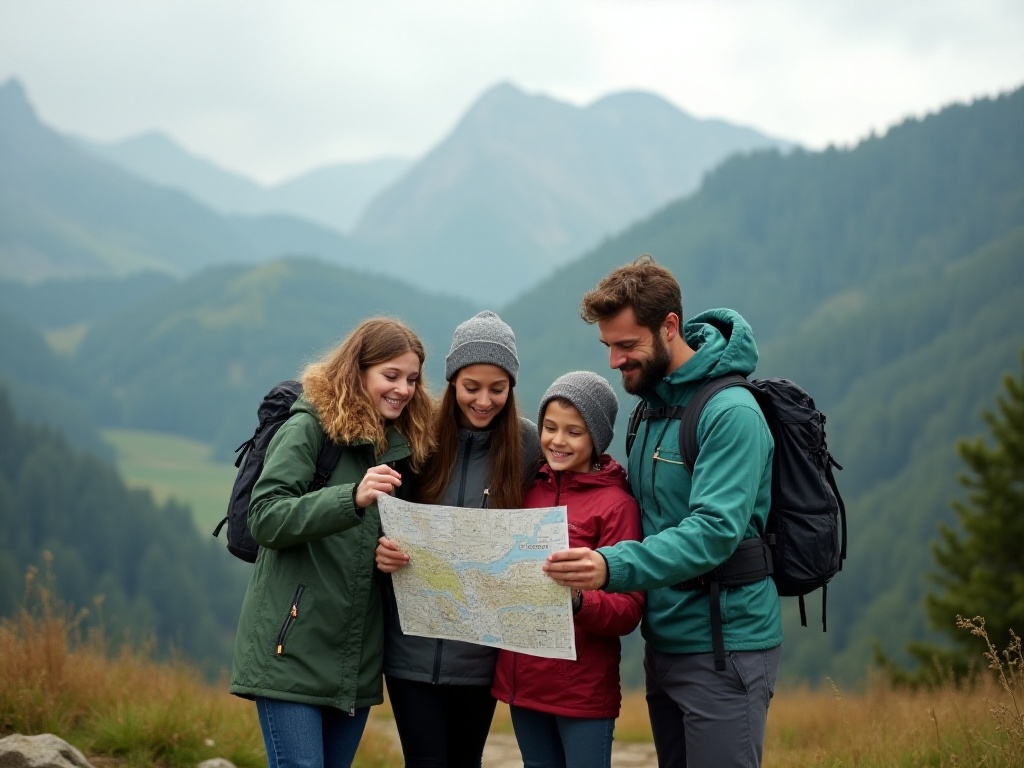Opening Thoughts
Every time I scroll through social media, I see other people's children with radiant smiles while traveling - chasing waves at the beach, running freely on grasslands, or screaming with joy at amusement parks. Looking at these photos, I too want to take my child on a spontaneous trip! But then I think: my child is still so young - what should I prepare? What if they cry during the trip? Will they be uncomfortable on the plane? How do I handle emergencies? Various anxieties come flooding in like a tide.
Actually, these concerns are completely normal for parents traveling with kids for the first time. However, looking at the data can be reassuring: 2024 statistics show that over 100 million families globally choose to travel with children each year, with this number growing at 15% annually. Even more encouraging is that according to travel platform user feedback, 90% of families report their experience traveling with children exceeded expectations. Since so many families can travel happily, there must be experiences we can learn from.
Pre-trip Preparation
I remember the first time I traveled with my 3-year-old nephew - just packing made me anxious for several days. How many sets of clothes should I bring? How many diapers? How much formula? Should I bring a stroller? These questions kept me up at night. After multiple experiences, I finally developed a system.
First, don't immediately dive into searching for travel guides. Rather than being overwhelmed with information, take time to think clearly: what do we want from this trip? Do we want to show our child the world? Strengthen parent-child bonds? Or simply relax in a different environment? With clear goals, the preparation becomes much simpler.
I've noticed many parents easily fall into a trap: thinking that traveling with kids means visiting trending spots and taking glossy social media-worthy photos. Actually, for children, travel's value lies in experiencing new things, developing independence, and strengthening family bonds. With this understanding, many things become clearer.
When packing, I suggest using a "core list + supplementary list" approach. The core list includes essentials: change of clothes (recommend one set per day plus 1-2 backup sets), toiletries, common medicines (fever reducers, cold medicine, band-aids, etc.), and the child's comfort toys. The supplementary list depends on the destination and itinerary - like sunscreen and swimming gear for beach trips, or outdoor equipment for hiking.
One special reminder: don't try to prepare for every possibility. Many places now sell daily necessities - there's no need to stuff your suitcase full. The most important thing when traveling with kids is traveling light, so adults won't get too tired and can maintain better moods.

Choosing Destinations
Selecting suitable destinations is perhaps the most crucial part of the entire travel plan. I recommend prioritizing these types of attractions: theme parks, beaches, nature reserves, museums, and zoos. These places not only let children have fun but also have comprehensive facilities like nursing rooms, medical stations, and children's restaurants.
Take Disneyland for example - it not only has attractions suitable for different age groups but also dedicated baby care centers and even stroller rental services. Staff are professionally trained to handle various emergencies. Most importantly, the entire park's design is child-centered, showing care for young visitors everywhere.
Beaches are also excellent choices for family trips. Children naturally love playing in water, and building sandcastles or collecting shells become unforgettable experiences. However, choose beaches with gentle waves and fine sand, like Yalong Bay in Sanya. Remember to bring sun protection products and change of clothes, and prepare some beach toys to let children play to their heart's content.
Nature reserves allow children to get close to nature and learn about various animals and plants. For example, at Xishuangbanna Tropical Rainforest in Yunnan, children can see wildlife, learn about tropical plants, and even participate in night exploration activities. Such firsthand experiences are much more vivid than textbook knowledge.
Museums are increasingly emphasizing interactivity, with many having dedicated children's areas. For instance, Shanghai Science and Technology Museum has many hands-on exhibits where children can learn science through play. Zoos are great places to observe animal behavior and cultivate compassion.
When choosing destinations, pay special attention to these points:
First is transportation convenience. If the destination is too far from airports or train stations, long transfers will tire children out. Choose places with convenient, direct transportation.
Second is medical facilities. Though we hope not to need them, ensure decent hospitals are nearby, just in case.
Third is accommodation environment. Choose hotels with family rooms or suites, preferably offering cribs and children's dining chairs. Many resort hotels now have kids' clubs where children can play under professional supervision, giving parents brief rest periods.

Itinerary Planning
A reasonable itinerary can make travel twice as efficient. My experience is: better to visit fewer places but enjoy each one thoroughly. Many parents try to cover all attractions, ending up exhausting themselves and their children.
I recommend planning maximum 2-3 main activities per day, ensuring plenty of rest time in between. For example, visit an aquarium in the morning, rest at the hotel at noon, then go to the park for a picnic and kite flying in the afternoon. Return to the hotel early in the evening for the child to have a bath and sleep comfortably.
Pay special attention to dining when planning the itinerary. Children's appetites differ from adults - they might want food anytime. Recommend carrying healthy snacks like fruits and cookies. When choosing restaurants, check for children's menus and hygiene conditions. Many parents bring some of their children's favorite foods just in case.
Additionally, adjust itineraries flexibly according to weather. On rainy days, switch to indoor venues like museums or indoor playgrounds in shopping malls. On very windy or rainy days, better stay in the hotel watching cartoons or playing board games together - which can also be quite cozy.

Special Considerations for Infants and Toddlers
Many parents worry infants are too young for long trips. Actually, the infant stage might be the easiest for traveling. During this period, babies mostly sleep, and travel necessities are relatively fixed and easy to prepare.
However, some special considerations are needed. First is stroller selection - definitely choose a light and foldable model. Many strollers now are specially designed for travel, weighing less than 5kg and foldable for direct airplane carry-on. If budget allows, consider buying a second-hand stroller specifically for travel.
Formula and diapers are essential - bring extra as familiar brands might not be available en route. For breastfeeding mothers, check beforehand if destinations have nursing rooms. Many malls and attractions now have mother-baby rooms, but best to verify locations and operating hours in advance.
Pack plenty of change clothes for infants as they easily spit up or soil clothes. Recommend 3-4 sets per day, including different thicknesses as babies are especially sensitive to temperature changes.
For toys, 1-2 favorites are enough. Too many just add weight, and infants have short attention spans anyway. Instead, bring several picture books to read stories during flights or train rides.

Multi-generational Travel
Young parents increasingly like traveling with grandparents - this all-family mobilization indeed has many benefits. Elderly can help watch children, giving young people some relief. Most importantly, it strengthens three-generation relationships and creates beautiful memories for children.
However, mind elderly needs. Seniors have different stamina than young people and can't walk or stand long. Consider rest needs when planning itineraries, best choose attractions with elevators, handrails and other accessibility facilities. For accommodation, choose hotels near attractions, preferably ground floor rooms or those with elevators.
For activities, allocate time based on different age groups' needs. For example, while taking children to amusement parks in the morning, elderly can rest at nearby teahouses. Afternoon family walks in the park, evening mahjong at the hotel - creates wonderful harmony.
Elderly might be particular about food - recommend researching local restaurants beforehand for suitable dishes. If staying at apartment hotels, cooking yourself can accommodate everyone's tastes while saving expenses.

Safety and Health
Ultimately, safety is most important in travel. Purchase travel insurance for the whole family before departure - this expense cannot be skimped. Many insurance companies now offer special family travel insurance packages covering medical, accident, flight delay and other aspects.
Carry a basic medical kit including fever reducers, cold medicine, motion sickness pills, band-aids, disinfectant and other common medicines. If children have special conditions, definitely bring related medications and understand destination medical facilities.
Pay special attention to preventing separation when touring attractions. Consider having children wear contact information bracelets or memorize parents' phone numbers. There are now special anti-loss positioning devices for real-time child location tracking.
Food safety is also important. Don't let children eat street food, even tempting snacks require caution. Best use personal water bottles for drinking - avoid untreated water or drinks of unknown origin.
For inter-city or international travel, research destination weather conditions and safety situations beforehand. Some places might require advance vaccinations or special documents - arrange these early.
Finally, leave some flexible time and budget for various emergencies. Traveling with children often encounters unexpected situations - maintain good attitude and adapt flexibly for more relaxed and enjoyable travel.
Actually, most important in traveling with children isn't how many places visited or photos taken, but unique memories created during the journey. Perhaps years later, children won't remember exactly where they went, but those laughs and warm moments will become precious memories. So, set aside anxieties and depart with love and anticipation - believe this will be a wonderful family time.









